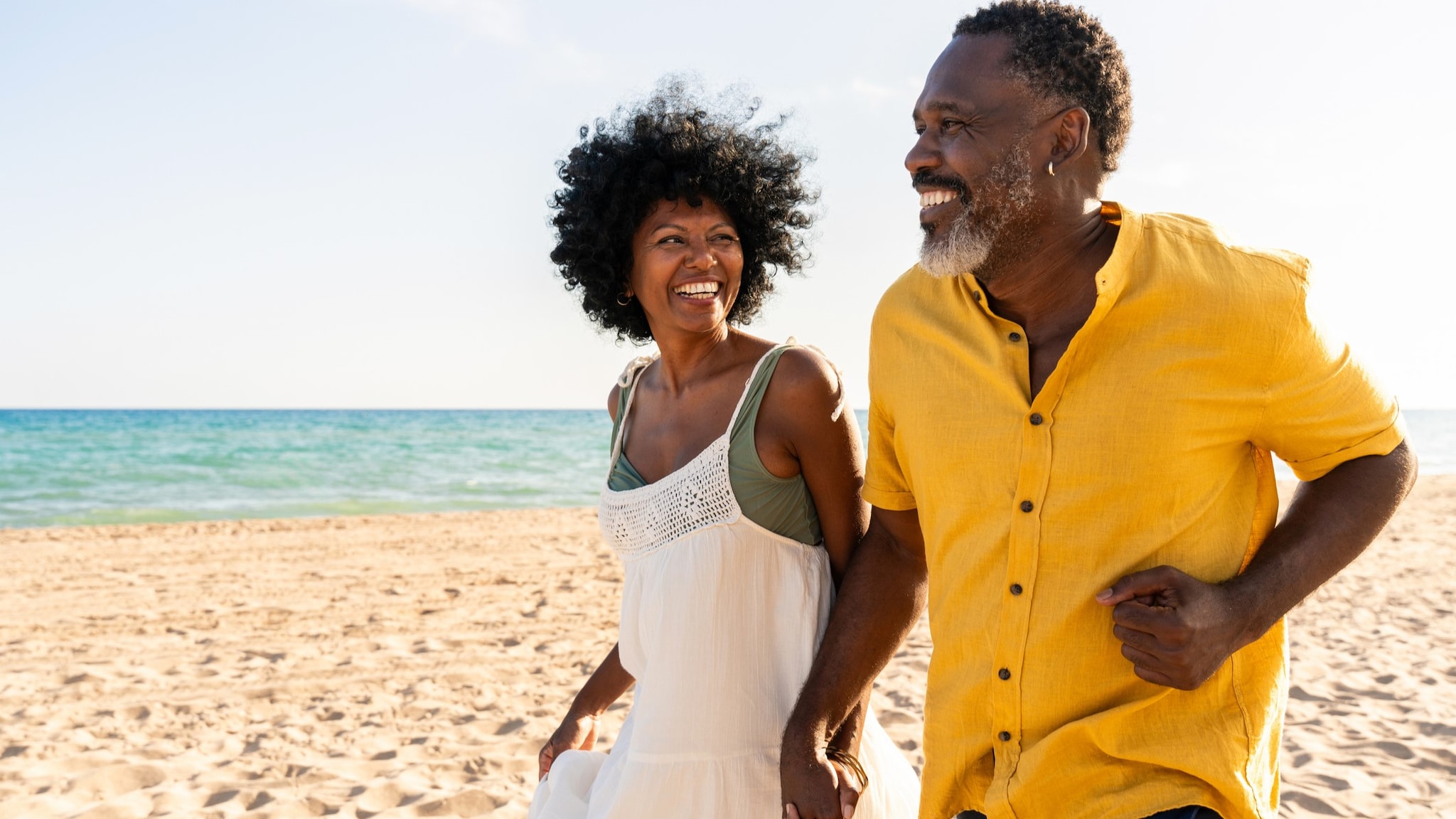Highlights
- Vibrio are bacteria (germs) that can make people sick.
- You can take steps to prevent Vibrio infection (vibriosis).
- Taking these steps is especially important if you have an underlying medical condition, especially liver disease.

Overview
Most people get a Vibrio infection by eating raw or undercooked shellfish, especially oysters.
Some people get a Vibrio infection after an open wound comes in contact with coastal waters or raw seafood, its drippings, or its juices.
If you enjoy coastal activities, including eating seafood, fishing off the pier, or wading in the ocean, take steps to stay safe from Vibrio infection.
Two main steps can help keep you safe.
Following these steps is especially important for people at increased risk for infection.
Cook seafood before eating it
Vibrio naturally live in coastal waters. They can concentrate inside oysters and other seafood that live in these waters. When you eat raw or undercooked seafood, Vibrio and other germs that may be in the food can make you sick.
Steps to prevent infection
- Do not eat raw or undercooked oysters or other seafood. Cook them before eating.
- Do not let raw seafood, its drippings, or its juices contaminate other foods.
- Always wash hands with soap and water after handing raw shellfish.
- If you are at increased risk for infection, wear protective gloves when handling raw seafood.
Tips for cooking seafood
For shellfish in a shell
- Discard any shellfish with open shells before cooking.
- Cook using one of the following methods:
- Boil until the shells open and continue boiling for another 3–5 minutes.
- Add to a steamer that is already steaming, and cook for another 4–9 minutes.
- Only eat shellfish that open during cooking. Throw out any that don't open fully during cooking.
For shucked oysters
- Cook using one of the following methods:
- Boil for at least 3 minutes.
- Fry in oil for at least 3 minutes at 375° F.
- Broil 3 inches from heat for 3 minutes.
- Bake at 450° Fahrenheit for 10 minutes.
For fish
- Cook to 145°F or until it separates easily with a fork.
Protect wounds from coastal waters
Vibrio that naturally live in coastal waters can get inside an open wound and cause an infection.
- Coastal waters include salt water and brackish water. Brackish water is a mixture of salt water and fresh water. It is often found where rivers meet the ocean.
- Open wounds include recent cuts and scrapes, recent surgery sites, and recent piercings and tattoos.
Steps to prevent infection
- If you have an open wound, stay out of saltwater or brackish water, if possible.
- This includes wading at the beach.
- Cover your wound with a waterproof bandage if it could come into contact with coastal waters or raw seafood, its drippings, or its juices.
- This contact can happen during everyday activities, such as swimming, fishing, or walking on the beach.
- It also could happen when a hurricane or storm surge causes flooding.
- Immediately wash wounds and cuts thoroughly with soap and clean running water after contact with coastal waters or raw seafood, its drippings, or its juices.
- if you are at increased risk for infection, wear clothes and shoes that protect you from cuts and scrapes when in coastal waters.
